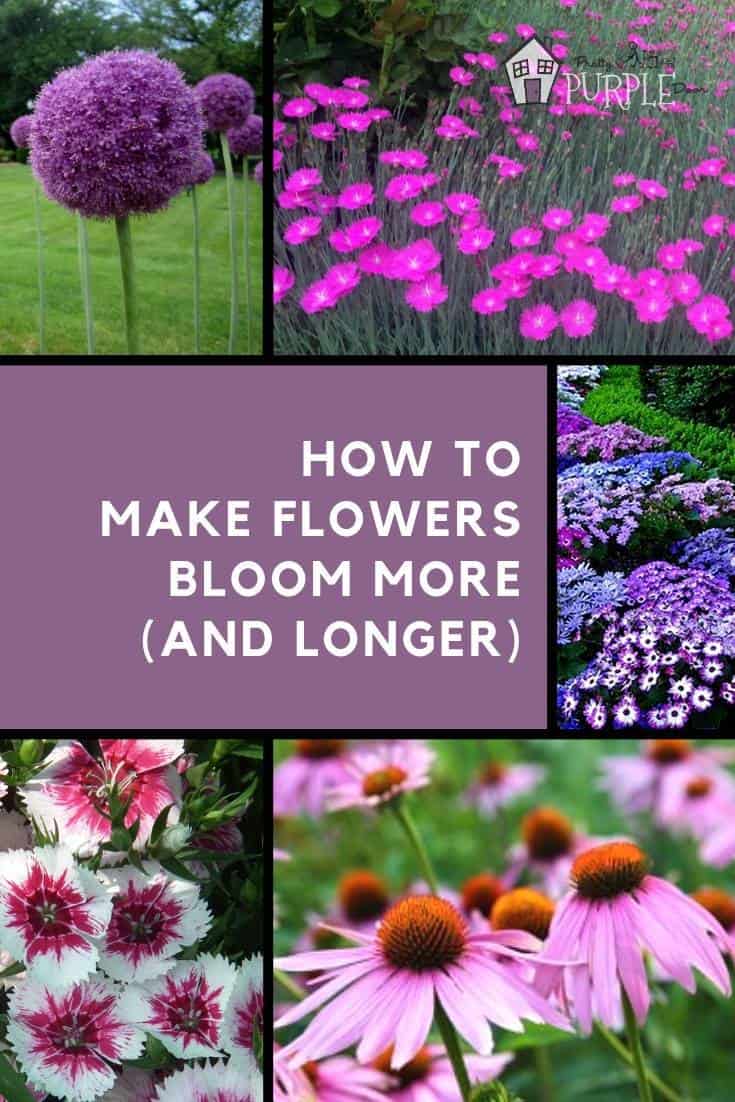How to Choose Plant Varieties That Bloom Longer for Lasting Color

Let’s talk about the awkward reality of long-blooming gardens—the kind no one admits when flipping through glossy seed catalogs or Instagram-perfect garden tours. Most guides will tell you to look for “repeat bloomers” and mix plant timings, but that’s only half the story. The real stumbles happen in the details: the stuff that doesn’t get shared because it feels like a rookie error, even though everyone has done it (including me, spreadsheets and all).

The Overlooked Pitfalls: Where Even Savvy Gardeners Slip
1. Misreading “Long-Blooming” Labels—And Missing Fine Print
If you’ve ever planted a so-called “long-bloomer” expecting fireworks from May to October, only to be left with green stems by July, you’re not alone. Back in 2019, I bought a dozen ‘Pardon Me’ daylilies after seeing a tag promising “blooms June–September.” Reality? Every stalk flowered hard for a week, then nothing until late August—at which point heat stress had shrunk most buds. The label was technically accurate but wildly misleading.
Fix: Dig into reputable online sources—not just catalog copy. Missouri Botanical Garden’s Plant Finder and regional extension office websites often have honest blooming timelines (down to weeks rather than seasons) based on local trials.
2. Ignoring Microclimates—and Watching Plants Sulk
Here’s something few admit: your south-facing border and your backyard corner are different planets. In my own yard, coneflowers on the sunny slope pump out blooms from June into September; ten feet away in shadier ground? Same variety fizzles by midsummer.
Fix: Map sun exposure hourly for several days in peak season before planting or moving anything. I use Sun Seeker (a $10 app) for precise tracking—you’d be shocked how many “full sun” plots are really partial shade by August.

3. Falling for Supermarket Impulse Buys
Show of hands: who hasn’t come home with armloads of whatever looked fresh at the big box store? That’s how my front bed became an unplanned monoculture of annual petunias—spectacular for two months, then wiped out by mildew and drought.
Fix: Treat plant shopping like meal planning—make a list! Cross-check each pick against its true bloom window before checkout. If you can’t find more than vague timing info (“spring/summer”), put it back.
4. Assuming Deadheading Is Optional
A dirty secret among perennial gardeners: many so-called rebloomers completely stall if you don’t aggressively deadhead spent flowers every week or two. My first attempt at coreopsis ended mid-July in brown seed heads because I skipped this step during vacation; new blooms never arrived.
Fix: Build deadheading into your weekly routine (I set a recurring Sunday calendar reminder). For high-impact returners like Salvia ‘May Night,’ trim spikes down to basal leaves as soon as petals drop—a five-minute job that doubles the display length.

5. Underestimating Season Gaps—The “Green Desert” Syndrome
Years ago, my spring bulbs were dazzling…but nothing followed them until late summer black-eyed Susans appeared. That left May and June as colorless voids—a mistake traced back to buying plants by looks alone rather than plotting actual flowering sequence.
Fix: Use Excel or a free tool like Bloom Period Planner from Fine Gardening magazine to chart months each candidate is genuinely flowering in your region. Overlay them on your garden map; any blank spots mean more research required.
Metrics-Driven Choices: What Actually Works?
Based on five years of tracking bloom times (because I am exactly that kind of analyst), here are performers that consistently deliver:
- Echinacea ‘Magnus’: Average bloom window in Zone 6: June 14 – Sept 15.
- Stella de Oro Daylily: Peaks twice per season; ~20% downtime between flushes.
- Salvia ‘Caradonna’: Repeats every six weeks IF trimmed; otherwise peters out after early July.
- Coreopsis verticillata ‘Zagreb’: Flowers June-August without intervention; longer with regular cutting.
- Knock Out Rose Series: 25–28 weeks of color per year with monthly light trimming and feeding.
Annuals worth repeating:
- Zinnia ‘Profusion Orange’: Sown direct mid-May, flowers nonstop until frost if deadheaded biweekly.
- Cosmos bipinnatus: Succeeds where soil is leaner; heavy fertilizer = less bloom.

Real-Life Examples—and What They Teach
In 2022, I trialed three beds with staggered combos:
- All long-blooming perennials = Lush start but flagged hard August–September without annual filler.
- Early+mid+late combo = Best continuity but required initial spreadsheet planning (30 minutes).
- Annual-heavy border = Maximum show mid-July onward but high maintenance costs (~$50/season just on compost/top-ups).
Lesson learned: A blend wins—perennials anchor with structure while scatterings of annuals patch inevitable lulls for pennies extra effort.
Unspoken Solutions for Hidden Gaps
Even with perfect planning, expect some holes—it’s natural! Here’s what top pros do but rarely advertise:
- Keep trays of fast-starting annuals (alyssum or nasturtium) ready by midsummer to plug sudden bare zones.
- Invest in lightweight fabric hoops so you can swap out spent spring bulbs quickly and replant warm-season stars without disturbing neighbors’ roots.
- Take phone photos monthly so you spot timing gaps—memory is notoriously unreliable when staring at empty mulch in August!
Cost & Time Breakdown
Planning up front saves money later:
- Initial mapping/planning: ~1 hour
- Buying focused varieties vs impulse purchases: Reduces wasted spend by $30–$100/year
- Ongoing maintenance (deadheading/fertilizing): Adds ~15 minutes/week during peak months—but yields double the blooms
The Why Behind These Tactics
Every adjustment above comes from firsthand defeat—from deadheaded hopes to spreadsheet triumphs over unpredictable weather swings and misleading tags. Tracking performance year-over-year lets me prune what fails early…and double down on winners next season.
Most gardeners don’t talk about these tweaks because they look messy compared to before/after shots online—but those mistakes are the pathway to consistent color outside your door all season long.
So next time you wonder why your neighbor’s beds blaze well past midsummer while yours fade away… remember: You’re only one honest audit (and maybe one revised shopping trip) away from joining their ranks—with fewer regrets and far longer-lasting blooms.



